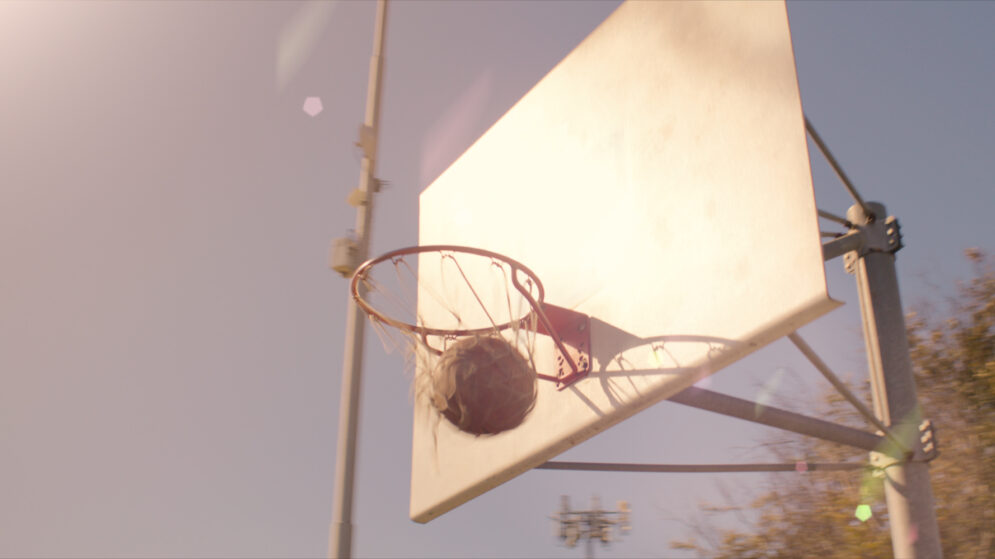Want to lift the mood? Use a lens flare.
Want to add a touch of brightness? Use a lens flare.
Want to instill a touch of nature? Use a lens flare.
Want to highlight a key element of your story? Use a lens flare.
Want to make a movie look like Michael Bay's work? Use lens flares!
Well, we've overstated this just a bit, but you get the picture. Numerous memorable films incorporate lens flares to enhance the storytelling experience—Transformers (Michael Bay), Man of Steel, Justice League (Zach Snyder), E.T. (Steven Spielberg), Interstellar (Christopher Nolan), to name just a few.
What is a lens flare?
Lens flares are naturally occurring phenomena that result from light rays reflecting and refracting within a lens' elements, potentially adding light wash, hot spots, orbs, streaks, glows, and hoops. Since each lens manufacturer builds their lenses with multiple optics of varying quality, the results are vast!
Here's a sample of a basic scene shot without lens flare and three lens flare options...
At Point Light, we enjoy capturing lens flares on-location if the time and budget allow, and we've also invested in tools to track camera motion to apply quality digital lens flares that match the action. So, even if your project was created with a stock DSLR lens, your finished piece could tastefully incorporate the flare from a much more expensive Kowa Cine Anamorphic lens... or even the look JJ Abrams used in Super 8.
Just recently, we provided several VFX shots for Director Nikki Hevesy's film A Year to Life, 3 of which were lens flares built to match the desired look of the Director of Photography, Philip Hurn. One is provided below (slowed down from the final, so a little choppy). Of these, Option A was ultimately chosen.
How to Use Lens Flares
Here are a few quick tips and ideas for how to integrate lens flares into your work:
- Look and mood. Sci-Fi often incorporates Anamorphic flares with longer horizontal and diagonal rays. A period mystery (Death on the Nile) would likely trim back and incorporate more hot spots with minimal lens artifacts.
- Keep it natural. In the video world, we ofter refer to this as finding the motivation for the light or effect. Lens flares require at least one source of bright light to be in the scene—a vehicle's headlights, the sun, the security guard's flashlight, stadium lights, etc. A scene recorded on a rainy day in a wheat field doesn't typically warrant lens flares. Therefore, be sure to guard against forcing it to happen.
- Use as a transition. Choosing or creating the flash of a lens flare can smooth out potentially rough transitions in your promotional spot or highlight reel. Keep the natural look in mind, though! Going overboard could get distracting.
So, the next time you're working on a project and you are wondering, "What could we do here to brighting things up or add a blast of creative light?" consider what a lens flare could do!





